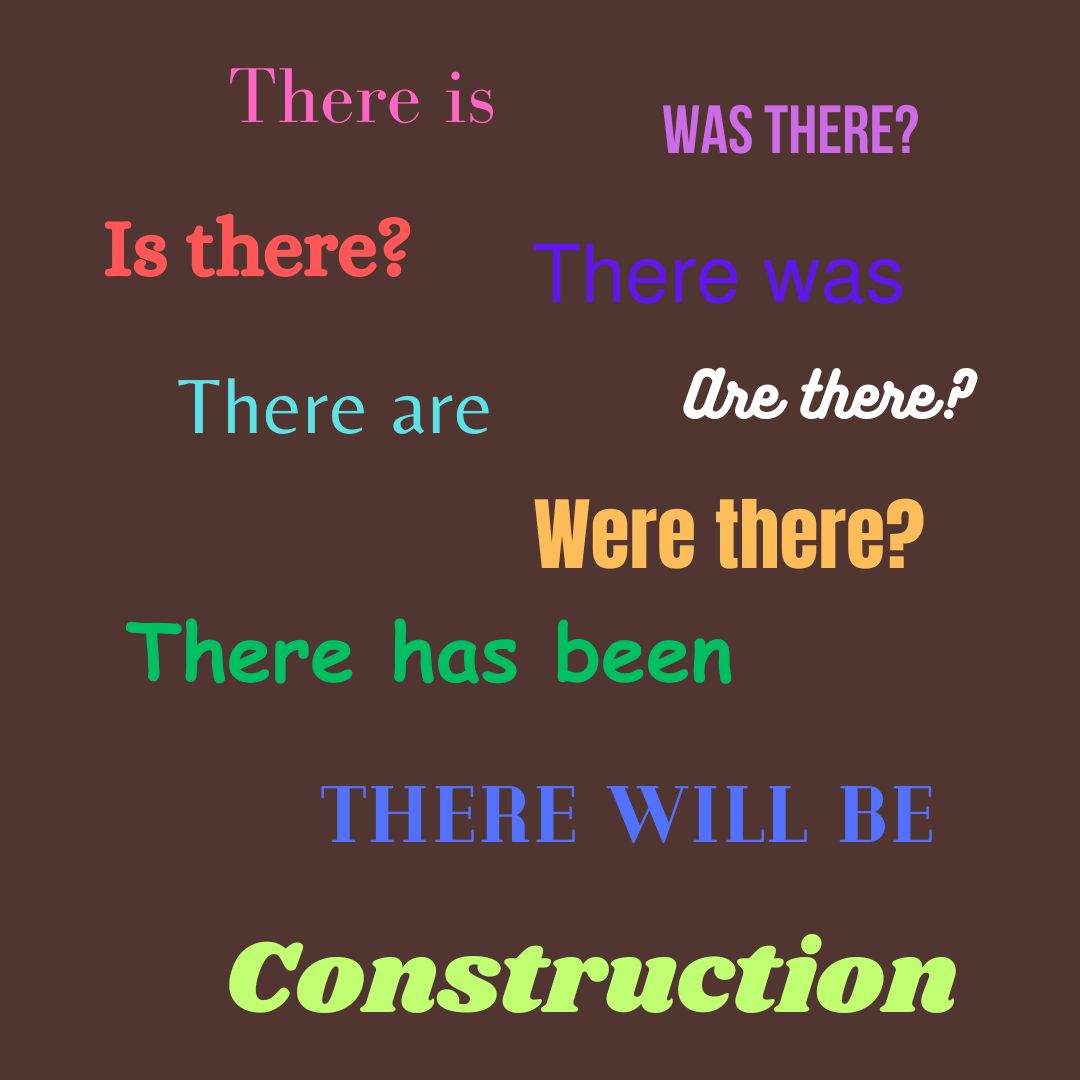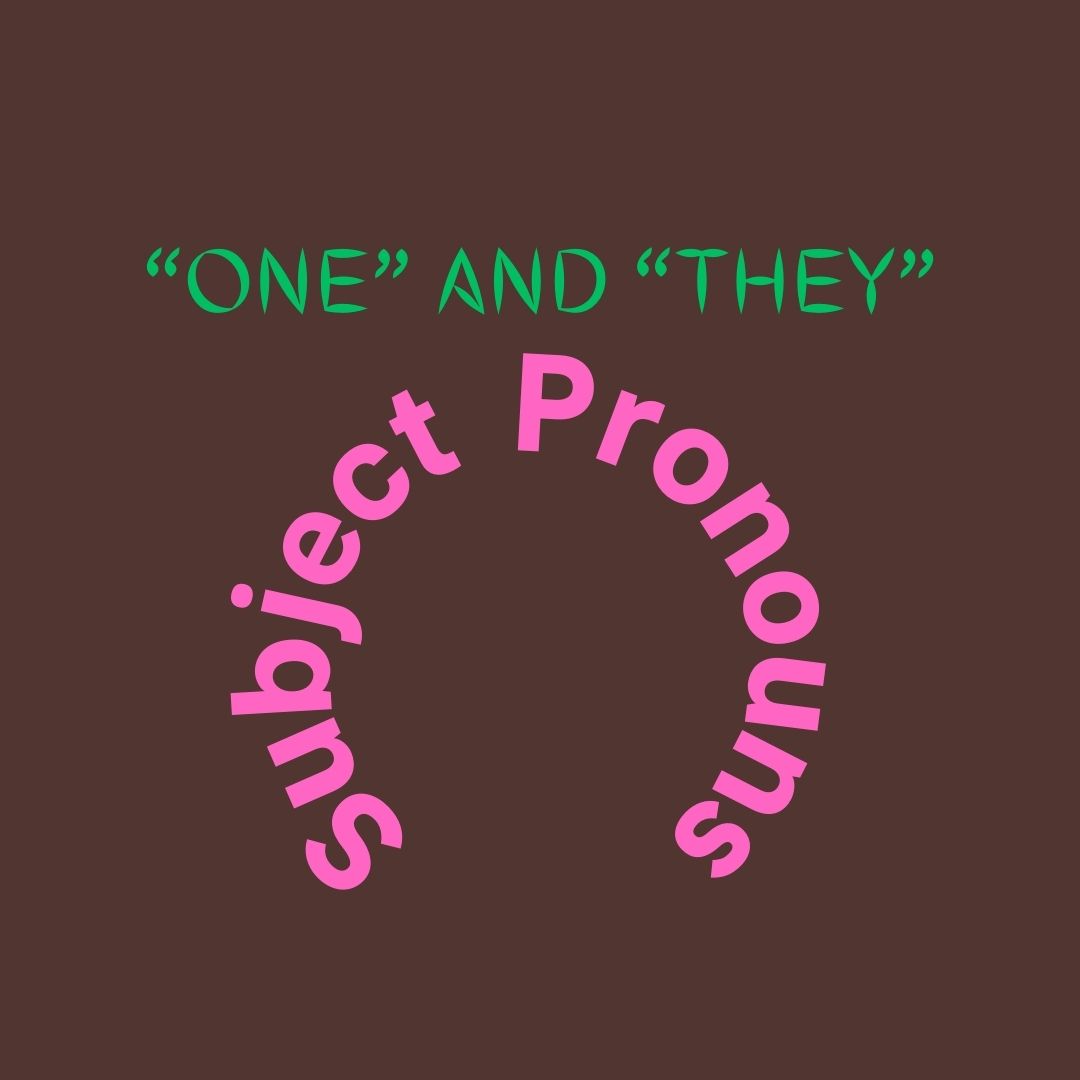Category: syntax

There is/There are
The construction there is /there are is known as an existential construction in English grammar. It is used to indicate the existence of something or someone. The there is/there are has a different structure compared to the typical subject-verb-object (SVO) sentence structure. In there is/there are sentences, the word there serves as a placeholder or dummy subject, and the real subject comes after the verb.

What is a predicate? Predicate Types
The predicate is what provides information about the subject. It answers various questions: What does the subject do? (Verbal Action): This refers to the action that the subject performs in a sentence. It is the central element of a predicate and often contains a verb.

Subject Pronouns/ “One” and “They” as subject meaning
Indefinite subjects like one and they are used to refer to unspecified or generic people or things.

Cleft sentence ( It was yesterday that…)
The construction It is... that is known as a cleft sentence, and it is often used to emphasize a specific part of a sentence. Cleft sentences are typically formed by splitting a sentence into two parts: the clause before it is and the clause after that. Here's the basic structure of a cleft sentence: It is [clause before it is] that [clause after that].

“It” as a Formal Subject
A formal subject, often represented by the pronoun it, plays an essential role in English grammar, particularly in structuring sentences and providing clarity. We use a formal subject “it” when: describing natural phenomena, weather condition, with it is said, so on